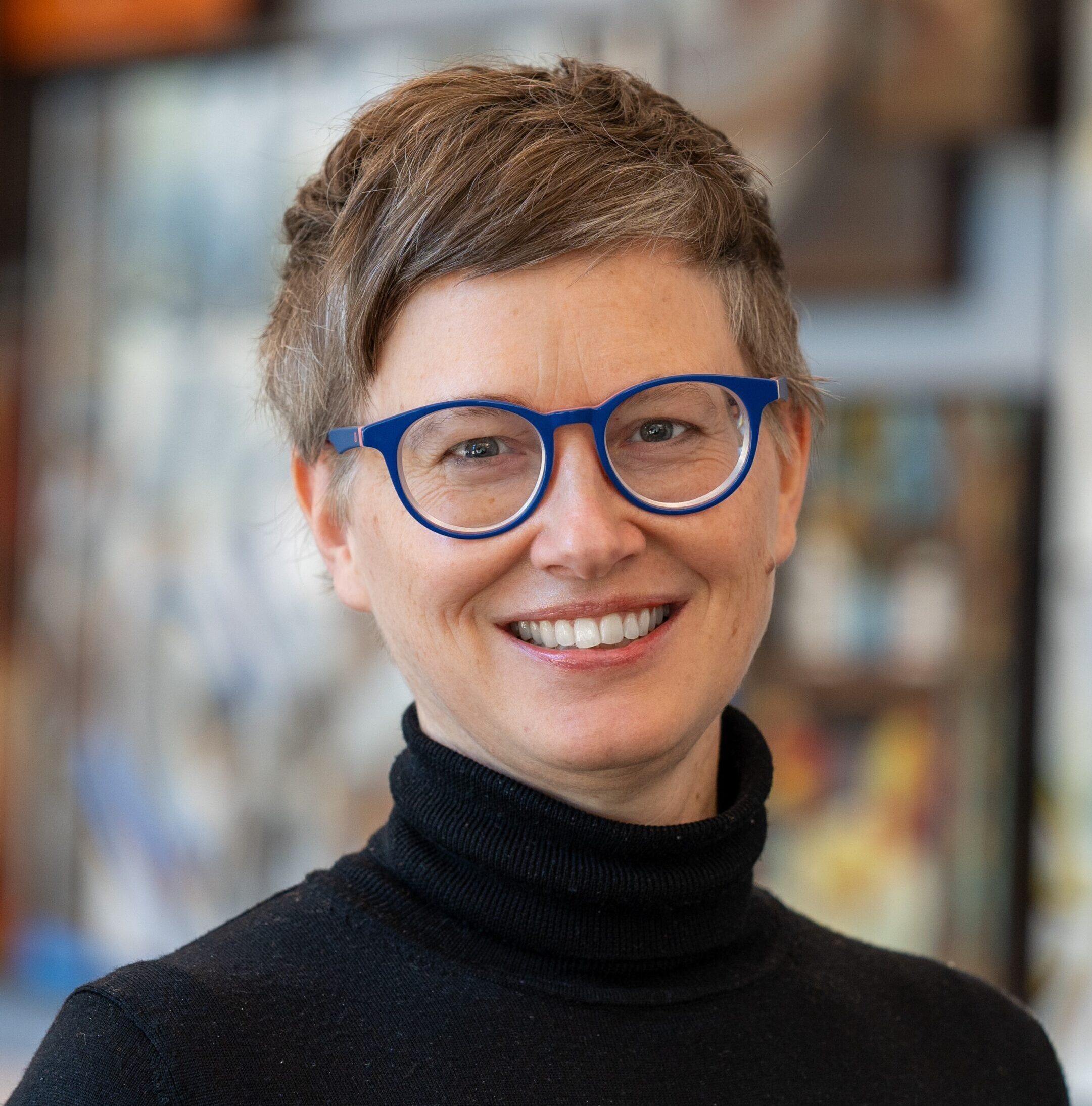A: As of today, 58%. Maybe rethink your plans?
We know many folks in the wonderful Dear Pandemic community are “running the numbers” on their holiday dinners to assess risk and adjust accordingly.
To assist your calculations, a team at Georgia Tech led by Dr. Joshua Weitz has developed the COVID-19 Event Risk Assessment Planning Tool. You choose a US county (or a region for some European countries) and an event size (from 10 to 5,000 people), and the tool tells you the probability (from 0 to 100%) that at least 1 COVID-19 positive person will be at the event.
How does the model do that!? First, it estimates the number of circulating cases for each county using case counts for the past 10 days using publicly-available data. The next step is to use those numbers to calculate the chance that one person at an event of a given size will already be infected with COVID-19. Here’s the team’s explanation of this step from the “tutorial” section of the website:
***
“To answer this kind of question, we actually calculate the opposite. For example, if we were talking about a NFL game, we’d ask what is the chance that none of the 75,000 attendees is infected?
Let’s start by thinking about just one of them. If 20,000 of the 330 million people in the United States are sick, then each person has a 99.994% chance of being disease-free. In betting terms, the odds are 16,500:1 in our favor. While that sounds good from an individual perspective, the collective risk is very different.
In this scenario, the probability that all 75,000 attendees would have entered the stadium disease-free is like placing 75,000 bets each at nearly certain odds. Sure, you’ll win most of the bets.
But the probability that you will win every single one of those bets is extremely low. To calculate it, we multiply the winning probability (1-1/16500) by itself 75,000 times and find that there is approximately a 1% chance that we win every time. In other words, the chances that one or more attendees would have arrived infected with SARS-CoV-2 is 99%.”
***
If you’re now scratching your head trying to remember high school stats class and those bags of red and white marbles, have no fear. Most of the Nerdy Girls are right there with you. The good news is that the tool does all that math for you, and spits out just one probability for your event in your county.
Some important caveats:
1. These probabilities are averages, and don’t take into account how cases are clustered within certain groups or networks in your county.
2. The estimated probability doesn’t say anything about the probability of *transmission* of SARS-CoV-2 from one person to anther at the event. That risk is driven by lots of other factors, and can be reduced by following SMART rules: Spacing, Masking, Air, Restricted social circle, and Time-limited events.
3. The model assumes that for every case reported in a county, there are actually 5 total cases, including 4 that haven’t been reported because those people didn’t get tested or their test results haven’t been reported yet. This 5:1 inflation factor is adjusting for what epidemiologists call “ascertainment bias”. If you think cases are way under-reported in your county, the tool lets you choose a 10:1 ascertainment bias correction factor instead (and, yes, that will definitely increase the estimated probability of having at least positive case at the table.)
And a warning: This tool can be addictive! Your Nerdy Girl author (Alison) went down a bit of a rabbit hole checking the probabilities in some of the counties where she has lived, for different event sizes. Here’s what she found (using 10:1 ascertainment bias correction to be conservative):
Oklahoma County, OK, 25 people: 70%
Los Angeles County, CA, 50 people: 62%
Philadelphia County, PA, 10 people: 31%
Berkshire County, MA, 15 people: 17%
So how is it looking in your county for your likely Thanksgiving dinner? We hope this tool empowers you to plan an event that maximizes safety and minimizes transmission. Stay safe, stay SMART!
Link:
WIRED article on using the visualization tool for holiday planning


